JIM HENSON’S THE CUBE: aired February 23, 1969
I live with a strange philosophical contradiction.. It’s one of the things that has led me to this project. I’m by nature a strange paradox that I live with. My natural, programmed reactions in the split-second between stimulus and response – when decisions are cast that will either make my responses happier and healthier or more confused and distant – is to generally choose the latter. My natural reactions tend towards self-doubt, guilt, and shame. And yet, in the midst of all of that, I’m always struck with the belief that things can be better. That they should be better. More importantly, that I could make them better, if I just knew how. I don’t always have evidence to support this belief; it’s just something I feel, deep-down. So this project (and much of what I’ve been trying to figure out in recent years) is an attempt to understand how to create that better life that I can’t prove, and that I can’t necessarily define. A quote from Dr. Cornel West provides a good description of this process:
“I believe that critical energy, applied to any body of information, can unearth some truth. But for every unearthing, you don’t find absolute truth – you find another fallible truth, and then still another. That’s because each revelation is tied to another concealment. You reveal what’s been concealed, only to repeat the process into infinity. Enlightenment has no end. The paradoxes are never resolved.”
It’s not necessarily the easiest concept to swallow, particularly when seeking answers. The idea that truth – all aspects of truth, forever – are products of concealment. That any truth is clarifying some things, but intentionally not addressing others. And if we search for the truth behind the part being concealed, we find more truth and more concealment. And Cornel West is claiming that the process is never-ending; that we can never reach a final, ultimate truth. Taken at face value, that’s not very comforting. Humans aren’t really wired for that kind of reality. Our brains are designed to recognize patterns and to constantly attempt to organize the world around us. So, the idea of absolute truth is important to us. We’re wired for it, and we look for it. We look for it in science, we look for it in religion, we look for it in mathematics. We can even convince ourselves that we have the right answers, and it’s the rest of the world who doesn’t know something that we do. We play a game with truth – with reality itself – and convince ourselves that we’ve figured things out. But Cornel West – and many, many others – would argue that truth and reality don’t work that way.
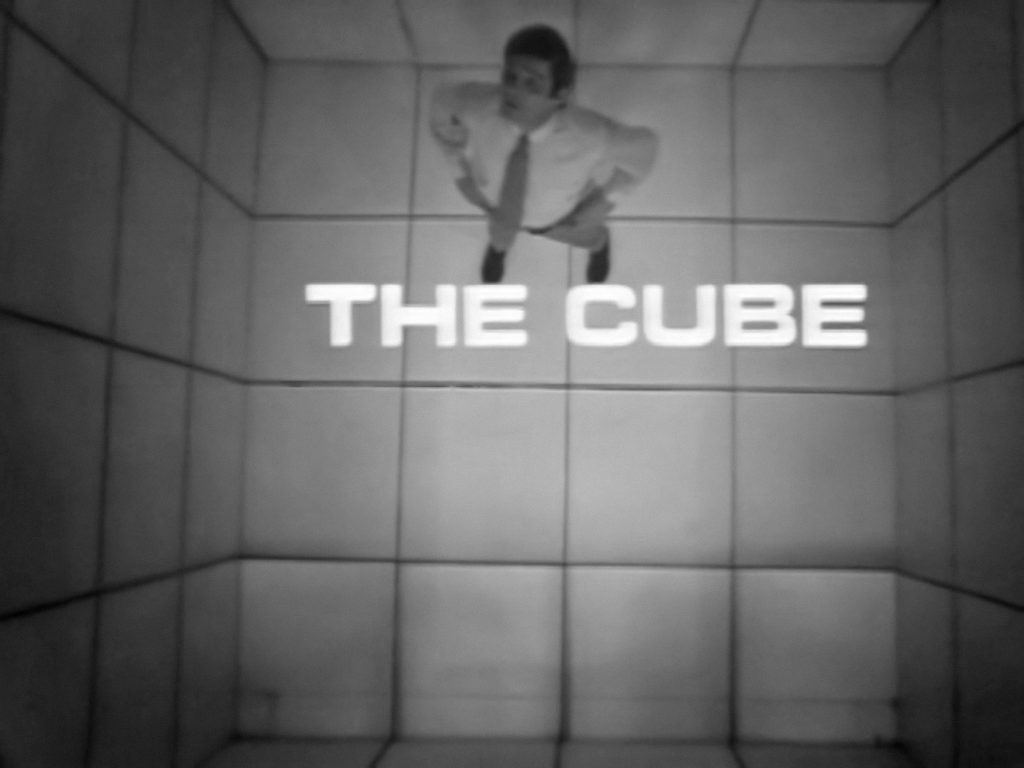
There’s a prominent theory, first espoused by French philosopher and critic Jean Baudrillard which states that we don’t have any idea what reality is. He says that our reality is merely a construction of symbols of reality. For example: I live in Ohio. Polar bears live in the Arctic. I have never been to the Arctic. 1000 years ago, a human being living in the Midwest never would have even heard of a polar bear. Never seen one, never seen a picture of one, never formed an opinion on one, never engaged in the idea that they “knew” anything about a polar bear. As a child in the 70s, I saw books on polar bears. I saw polar bears on TV, saw pictures and the occasional magazine article. So much so, that I can speak knowledgeably about polar bears. In fact, I’ve learned enough about polar bears that they are a part of my reality, even though in my 40 years on this planet I’ve only seen two polar bears live, in a zoo, for a grand total of about ten minutes. Baudrillard refers to this phenomenon as “simulation” – a reality that is not based on direct personal experience, but on a representation of direct personal experiences. I know what polar bears eat in the wild because someone else experienced it, not because I’ve ever seen a polar bear eat in the wild. My knowledge of what a bear eats in the wild is a simulation of someone else’s direct experience. Or more likely, a simulation of a simulation of a simulation of a simulation of someone else’s direct experience. Reality, according to Baudrillard, is like a philosophical game of “Telephone”. And while the polar bear example is a very innocent example, the reality is much more powerful. It’s highly unlikely anyone would intentionally alter the truth about polar bears when creating a simulation. But what about simulations about God? Or politics? Or power? What we call “truth” or “reality” are often times simulations of interpretations of personal experience. In an age where there is so much accessible information, Baudrillard argues that we can never know reality. That truth is always too far from its original source, and that all we receive are simulations, which – as Dr. West also points out – aren’t the “truth”. Our reality, they’re both saying, are merely constructs.
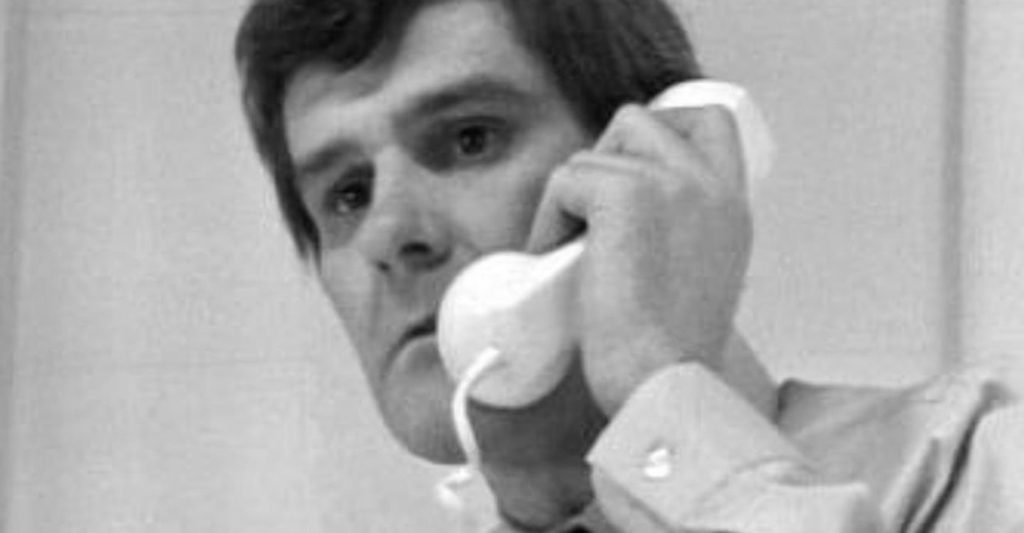
One of my favorite films about this topic is an experimental made-for-TV film called The Cube which Jim Henson made in 1969. (It is one of Henson’s rare public works of art which had no puppets involved.) In The Cube, an unnamed man awakens to find himself inexplicably living inside a large cube. The walls and floor and ceiling are built from smaller cubes, which shift and move to allow people to enter and exit the man’s confined space at their will, though he can never seem to escape it himself. The man is like Joseph K. in Kafka’s “the Trial”. He’s trapped in a system he does not understand, he does not know how he got there, he cannot escape it, and the only thing he knows is that he wants out, despite not knowing how to escape. And much like Kafka’s “The Trial”, the others within The Cube don’t seem to care that they’re trapped in a senseless system. At the worst, they’re resigned to never escaping the cube (one group of musicians sings a catchy tune about how the man will die in the cube). At best, they’ve come to accept The Cube as reality, even though they know it isn’t. After the man in The Cube refuses to adopt the complicated quantum theories of a scientist who appears as the important paradoxes that will free him from The Cube, a handyman steps into the area to fix a hole that has appeared in the wall. The handyman explains the importance of keeping up the appearance of The Cube, even though he admits in passing that he recognizes it might not be real. The handyman knows he’s living a false life. He knows people don’t actually exist within The Cube. And yet, he just doesn’t care.
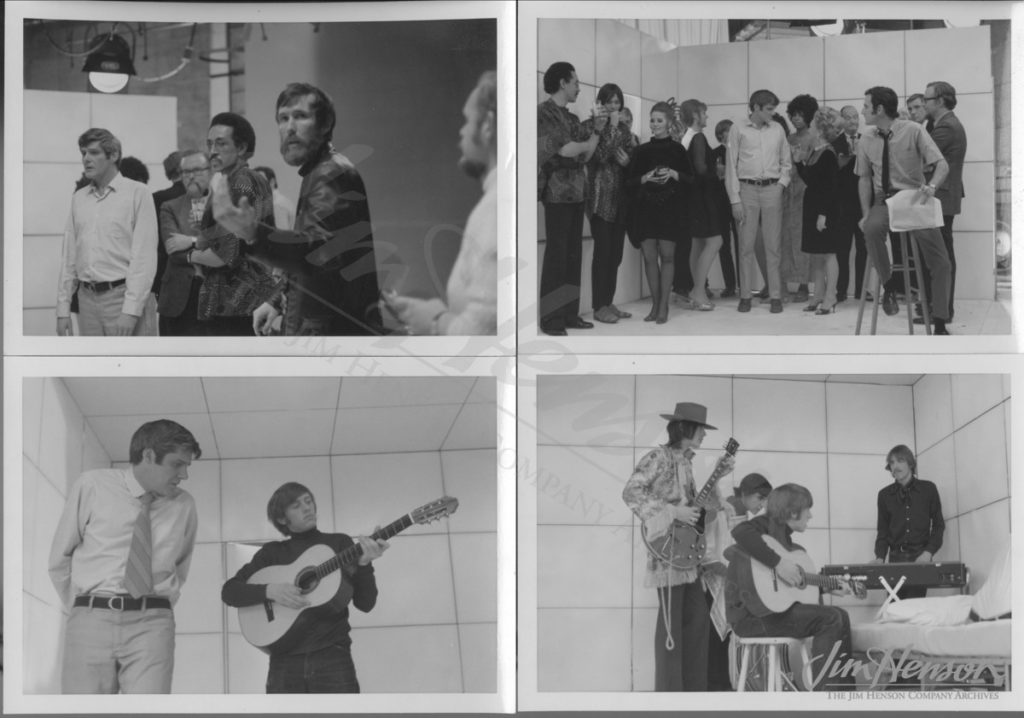
In 1969, Jim Henson knew that he was creating a very good example of simulation. For an hour, people move into and out of the man’s cube. All are strong, recognizable stereotypes: political stereotypes, social stereotypes, philosophical stereotypes. Each stereotype enters The Cube and exposes the man to their “truth”, but none leave the man feeling as though he’s received any answers. When the man eventually grows frustrated and believes himself to be insane and denies the reality of The Cube, he finds himself a part of it. The Cube can’t be reality, and he attempts to kill himself to free himself from it. Instead of dying, a cocktail party inexplicably materializes around him. He disrupts the party, screaming about reality, and knowing who he actually is. He storms out of The Cube where he is greeted by a… doctor? a bureaucrat? Who lets him know that he’s simply watching a projection of himself. Even at his most lucid and self-aware, “reality” was merely a projection of a simulation of ideas. Even he is a simulation. That in context of this Cube reality, we’re nothing more than a part of The Cube. And that might not even be any better than death, he concedes at the end. When we’re in The Cube, when we’re in this world of simulation, it’s in our nature to be a part of the simulation, as well. But even then, many of us want to find something more meaningful and “real”. Jim Henson supported that idea, wholeheartedly. As he once said: “I believe that we form our lives, that we create our own reality, and that everything works out for the best. I know I drive some people crazy with what seems to be ridiculous optimism, but it has always worked out for me.”
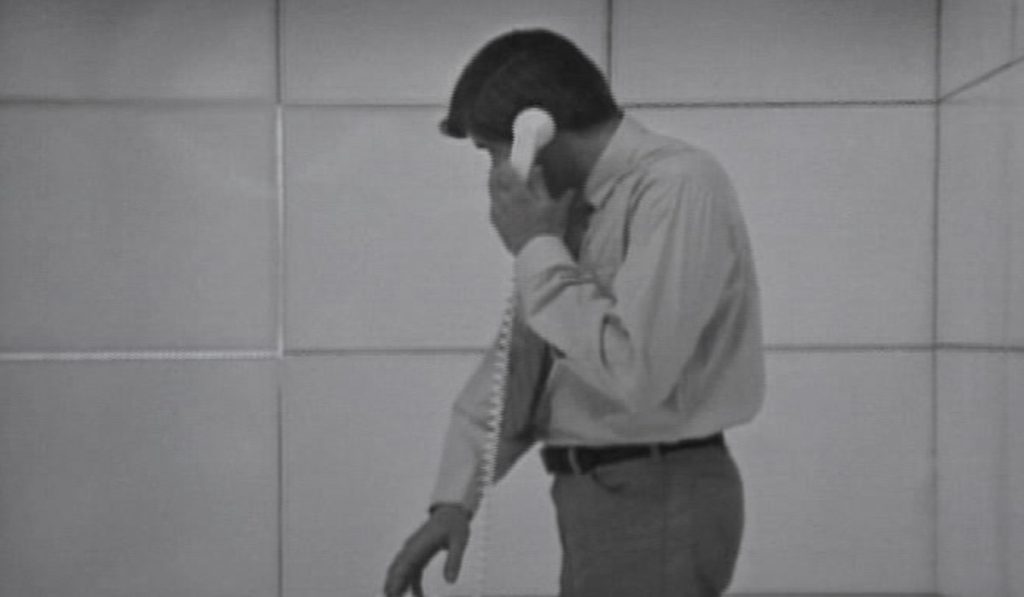
Rather than conform to the simulated reality around us, Jim Henson suggested we “create our own reality”. Avoid the simulated truth; make your own truth. Nietzsche spoke about this. In Beyond Good & Evil he said, “Whatever is profound loves masks; what is most profound even hates image and parable. ” In other words, truth – reality – likes to wear masks. It likes to be simulations. They like to be the truths Cornel West described, partially concealed. But the greater, more important truths don’t even like to be hidden behind metaphors and parables. They are greater, more-noble truths. There’s a danger to that, of course. A danger to unmasking the simulation. Baudrillard himself said that, “It is dangerous to unmask images, since they dissimulate the fact that there is nothing behind them.” It’s one thing to reject simulation; Jim Henson said “reject simulation and create your own reality”. But if you have the strength to unmask but not the strength to create a new reality, you end up finding… nothing.

Jim Henson never suffered from a crisis of confidence when moving in that direction. Because he realized the reality that he wanted to create was based in the ability to love, and to create art – and to continue to seek meaning in those acts. The only characters creating in The Cube are those creating in reaction to The Cube, creating as a way of assimilating The Cube into their lives. Henson’s creation is entirely different. It’s about creating as a way of transcending. In his book “A Way To Be Free”, Nigerian poet and novelist Ben Okri wrote:
“…the highest things are beyond words. This is probably why all art aspires to the condition of wordlessness. When literature works on you, it does so in silence, in your dreams, in your wordless moments. Good words enter you and become moods, become the quiet fabric of your being. Like music, like painting, literature too wants to transcend its primary condition and become something higher. Art wants to move into silence, into the emotional and spiritual conditions of the world. Statues become melodies, melodies become yearnings, yearnings become actions.”
When Jim Henson said, “I believe we can create our own reality”, there is no more iconoclastic statement to a world of simulation. By creating, we can escape the cube. Even if it’s only momentarily, we can escape The Cube. We can escape this reality which more perception than objective truth. It doesn’t need to break our spirit or alter our identity. The simulations in which we live don’t have to destroy us, or even limit us. The goal, the highest state we can attain, is to escape that simulation for awhile. Just for awhile. Here and there. At the moments that we decide to escape. Yes, we’re going to come back. Yes, the walls will dissolve and we’ll find ourselves back in a world that seems somehow foreign to us, created by others. But for a few moments, as often as you can… love. Love as purely and honestly as you can. And create as openly and honestly and purely as you can. Look beyond the reality around you and try to touch something much, much deeper. Don’t write your poem as a reaction to the world around you, write the poem that you didn’t even know was inside you. Don’t ape the masters as you paint that painting, paint from a place in you that you never knew existed. And know that when you do, you have the ability to form your own life, to create your own reality, and when you do… to know that everything will work out for the best.


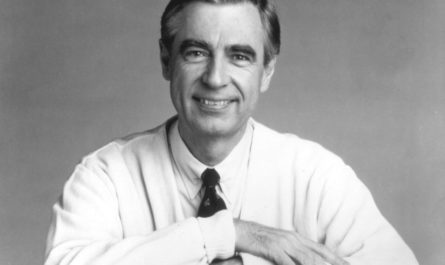
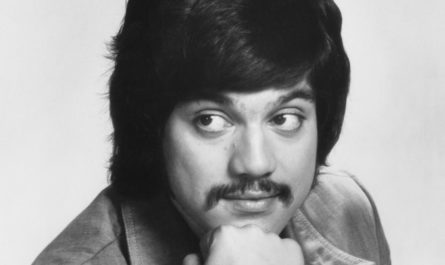
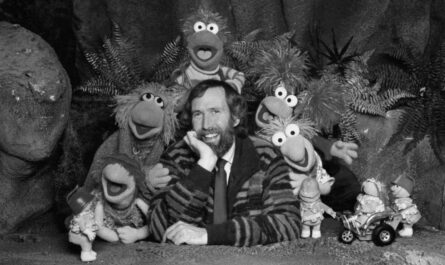
Saturn has a lot to do with this… the occult, which is obviously heavy with Hollywood. Jim Henson was a wonderful creator that was most definitely told some secrets…but by who…or what??? Hahaha! seriously though… So many lies people are told, and really have no real way of knowing what this cube situation actually is…The ones that are the most knowledged on this are the most responsible for the terrible evil mess that we're in now???
When someone writes an article he/she keeps the image of a
user in his/her mind that how a user can understand it. So that's why
this paragraph is amazing. Thanks!